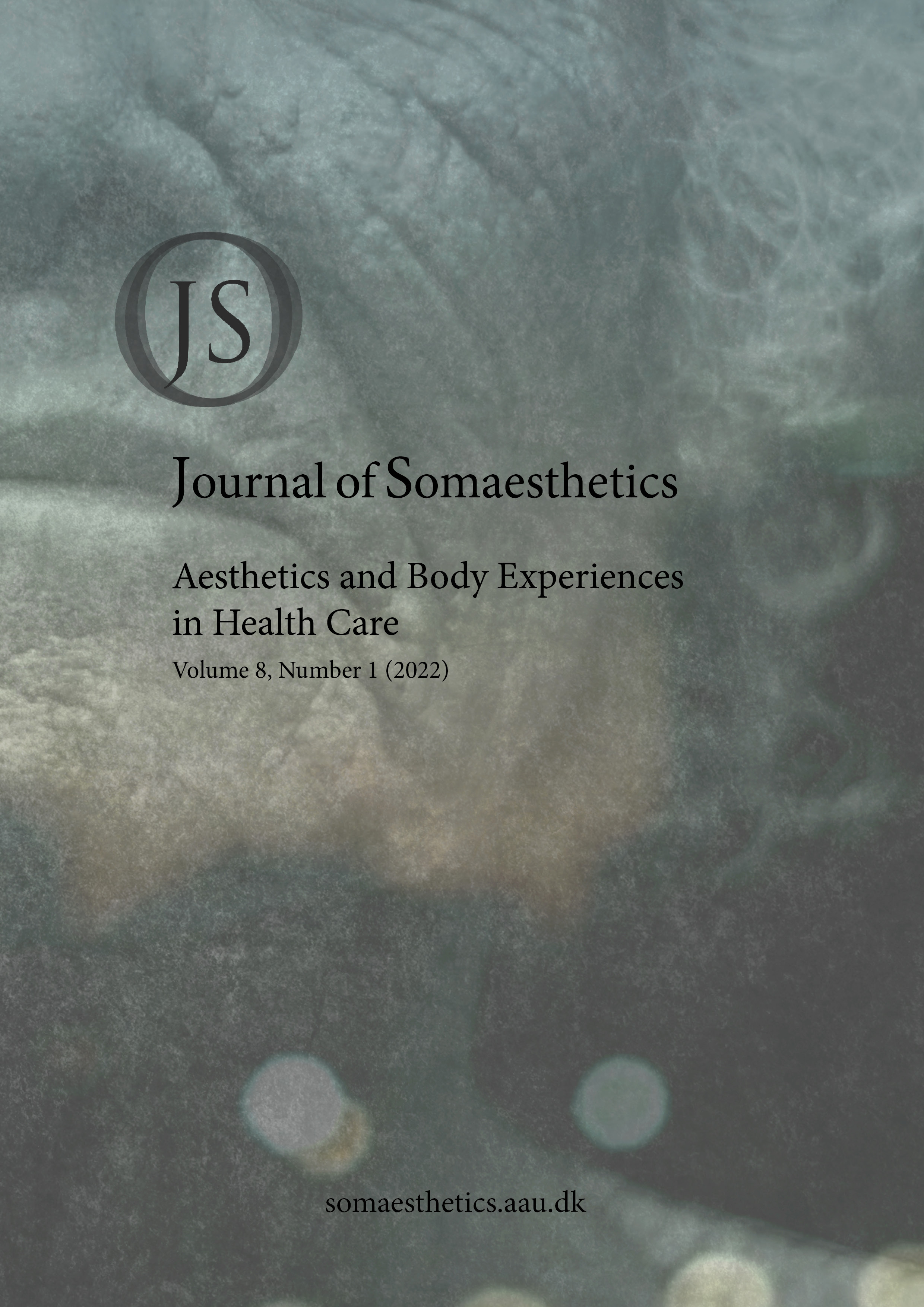Breathing in Mortality
Demedicalization of Death in Documentary Films
Abstract
The 20th century saw a strengthening of medicalization processes, which included a medicalization of death where dying and death came to be handled primarily as medical challenges. For their part, cinematic technologies participated in this by utilizing film technology to standardize medical processes, by using films for educational purposes, and by representing medical technology and knowledge in an authoritative sociocultural manner in film narrations. As a side effect, cinematic narratives have often portrayed death as a medical failure that people can and need to be saved from. Toward the end of the 20th century, criticism toward medicalization has increased among healthcare personnel and hospice and palliative care movements, for example. At the same time, as documentary films have continued to try to capture and understand the dying processes, in at least those films dealing with so-called natural death (due to aging or terminal illness), their tone has started to emphasize demedicalization aspects. I argue that this change in tone is recognizable in how the cinematic technology represents and utilizes breathing in the films’ narratives. Breathing—and particularly difficulty breathing—audibly and visibly embodies the fragility of the human body before death. At the same time, it conveys a sense of agency: Are you able to breath on your own? Is medical technology needed to do breathing for you? And how is the use of technology for dying individuals justified or not? I analyze the documentary films Dying at Grace (2003), Frontline: Facing Death (2010), Love in Our Own Time (2011), Extremis (2016), ISLAND (2018), and Covidland (2021), and through them I argue that 21st-century documentary films are joining in the efforts to demedicalize death and, as such, they are shifting the long relationship between cinematic and medical technologies.
Downloads
Published
Issue
Section
License
Copyright (c) 2022 Outi Hakola

This work is licensed under a Creative Commons Attribution-NonCommercial-NoDerivatives 4.0 International License.
Articles published in The Journal of Somaesthetics are following the license Creative Commons Attribution-NonCommercial-NoDerivs 4.0 Unported (CC BY-NC-ND 4.0). Authors retain copyright and grant the journal right of first publication with the work simultaneously licensed under a Creative Commons Attribution License: Attribution - NonCommercial - NoDerivs (by-nc-nd). Further information about Creative Commons
If excerpts, tables, figures, charts, artwork or photographs from other copyrighted works are included in an article, it is the author’s responsibility to obtain written permission from the copyright owners and credit the source’s in the article and citation list.


